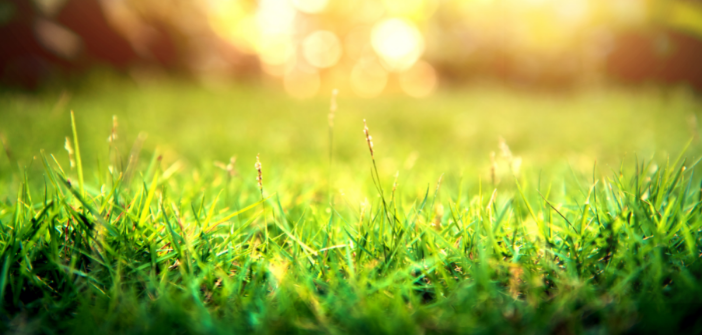A true carpet of greenery, ornamental grass serves as both a decorative object and a wellness element. However, maintaining it requires time and sacrifice. If you’re ready to make some efforts to achieve a perfect result, here’s how to obtain this prestigious lawn.
The Ornamental Lawn: Decoration and Wellness
Ornamental grass offers a regular and homogeneous green space that acts as a true decoration element. It gives you access to a plant carpet whose greenery remains permanent if you know how to maintain it well.
Besides its decorative aspect, the ornamental lawn is a source of well-being. It gives a sensation of purity by forming a green carpet. Apart from the visual aspect, the scent emitted by ornamental grass has a positive effect on stress levels, anxiety, and heart rate. The lawn encourages relaxation and promotes outdoor physical activities. It purifies the air by capturing CO2 and cools the atmosphere by humidifying it.
Many good reasons to encourage you to adopt it!
The Species to Plant
To have an ornamental lawn worthy of the name, don’t mistake the grass species to plant. Achieving a beautiful result involves choosing a species that combines both fineness and density. Among the species you can choose from are:
- Red fescue,
- Sheep’s fescue,
- Creeping red fescue,
– * Common bentgrass,
– * Kentucky bluegrass.
Orient your choice towards a red-label product classified as ornamental grass. For such a product, these are top-quality grasses that have been sorted. Their selection criteria consider their ability to form a dense plant carpet, slow growth to limit maintenance, aesthetic aspect, and the fineness of their foliage.
The Maintenance of Ornamental Grass
The ornamental lawn does not tolerate trampling, unless you choose high-end perennial ryegrass, which withstands it. Therefore, to have a good effect, pay attention to this point.
Ornamental grass requires up to forty mowings per year, depending on the desired height which can range between 1 and 3 cm. Find your lawnmower here to better equip yourself for mowing your lawn. The periods of active growth are in spring and autumn. During this period, ornamental grass needs to be mowed at least twice a week. Mowing is best done when the grass is dry. Therefore, do not intervene too early in the morning.
Watering is also part of the essentials in maintaining ornamental grass. If watering is too frequent, the lawn develops a high sensitivity to moisture. Very often, a generous watering once a week is enough.
The Fertilization of the Lawn
The ornamental lawn needs to be reasonably fertilized to present itself at its best. Fertilizer application occurs 2 to 3 times a year. There are fertilizers specially designed for lawns available on the market. The quantity to be used at each fertilization varies according to the chosen product.
Among the fertilizers to choose from, some quickly release the nitrogen they contain, causing the grass to grow fast. Others, however, act according to the grass’s needs by releasing nitrogen slowly. It allows for having a beautiful, long-lasting coloration.
The Fight Against Moss and Weeds
A higher quality ornamental lawn grows and becomes dense quickly, not giving weeds time to develop well. To combat weeds, it is also sufficient to regularly mow your lawn. The use of herbicides is also an option.
As for moss, it appears primarily on shaded grass, poorly aerated, and inadequately drained areas. Provide your lawn with conditions opposite to those mentioned above to limit moss growth. To remove it, proceed mechanically by using a scarifier.


